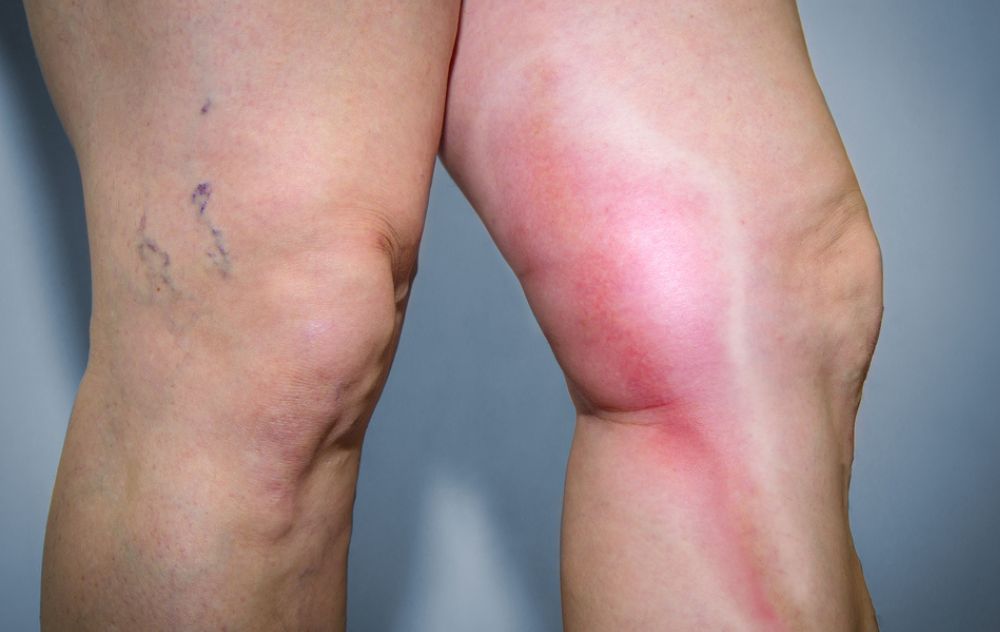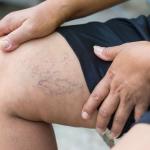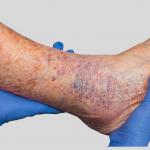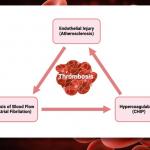
Phlebitis—also known as vein inflammation—can cause redness, tenderness, and swelling along a vein, often in the legs. If you’ve been diagnosed with phlebitis or are experiencing these symptoms, you might be wondering how long it takes to heal and what you can do to speed up recovery.
What Is Phlebitis?
Phlebitis occurs when a vein becomes inflamed, usually due to an injury, an IV line, or an underlying vein condition such as varicose veins. There are two main types:
-
Superficial phlebitis: affects veins close to the skin’s surface and is typically less serious.
-
Deep vein thrombophlebitis (DVT): involves deeper veins and can lead to blood clots, which require urgent medical attention.
Understanding the difference is important, since the type of phlebitis determines how long recovery may take.
How Long Until Phlebitis Goes Away?
For superficial phlebitis, symptoms usually improve within 2 to 6 weeks with proper care. Some mild cases resolve in as little as one week, while others may take longer if the affected vein is larger or if there’s an infection present.
If you have deep vein phlebitis (DVT), recovery can take several months and requires medical treatment to prevent complications like pulmonary embolism.
Factors That Affect Healing Time
Several factors can influence how long phlebitis lasts, including:
-
Severity of inflammation: The more inflamed the vein, the longer it may take to heal.
-
Location of the affected vein: Larger leg veins may require a longer recovery period.
-
Presence of varicose veins or venous insufficiency: These conditions can delay healing and increase the chance of recurrence.
-
Treatment adherence: Following medical advice—such as using compression stockings, taking anti-inflammatory medications, and staying mobile—can shorten recovery time.
What Happens If Phlebitis Doesn’t Go Away?
If phlebitis symptoms persist beyond a few weeks, it may signal an underlying circulation problem that needs medical attention. Chronic or untreated inflammation can lead to more serious issues, such as:
-
Blood clot formation: Persistent inflammation increases the risk of developing a blood clot (thrombosis), which can travel to the lungs and cause a pulmonary embolism.
-
Chronic venous insufficiency (CVI): Repeated or long-lasting vein inflammation can damage the vein valves, leading to poor circulation, swelling, and skin changes.
-
Skin discoloration or ulcers: Ongoing inflammation may cause brownish skin staining or even open sores that are slow to heal.
-
Pain and leg fatigue: Unresolved phlebitis can make your leg feel heavy, achy, or tired—especially after long periods of standing or sitting.
If your phlebitis hasn’t improved or keeps coming back, it’s important to visit a vein specialist. A simple ultrasound test can check for blockages, clots, or damaged veins and determine if you may benefit from a minimally invasive treatment to restore healthy blood flow.
How to Treat Phlebitis
Treatment focuses on relieving symptoms and improving circulation:
-
Apply warm compresses to the area several times a day.
-
Elevate your leg to reduce swelling.
-
Wear compression stockings to help blood flow.
-
Take prescribed medications such as anti-inflammatories or antibiotics if an infection is present.
-
Stay active—gentle walking can prevent blood from pooling in the veins.
For DVT or recurring phlebitis, your doctor may recommend ultrasound imaging and treatments that address the underlying vein problem.
When to See a Doctor
Seek medical care right away if you experience:
-
Sudden leg swelling or pain
-
Warmth or redness spreading up the leg
-
Shortness of breath or chest pain (possible sign of a clot)
These may indicate a more serious condition that requires urgent attention.
Preventing Future Episodes
To lower your risk of future phlebitis, try these steps:
-
Avoid sitting or standing for long periods.
-
Stay hydrated and maintain a healthy weight.
-
Exercise regularly to promote circulation.
-
Treat underlying vein conditions early.
If you have varicose veins or chronic leg discomfort, USA Vein Clinics offers minimally invasive vein treatments designed to restore healthy circulation and prevent complications like phlebitis.
Schedule Your Vein Consultation
Don’t ignore vein pain or inflammation—early treatment can help prevent future problems.
📍 Find your nearest USA Vein Clinics location or call 888.272.1998 to schedule a consultation today.





